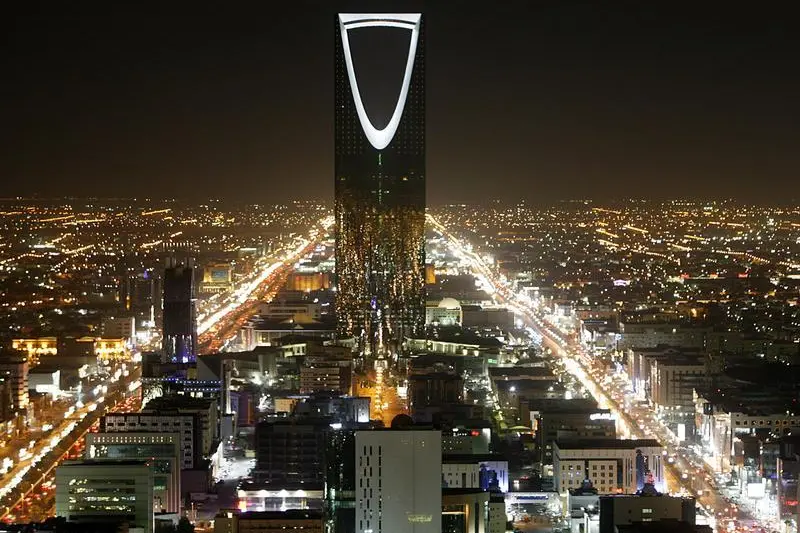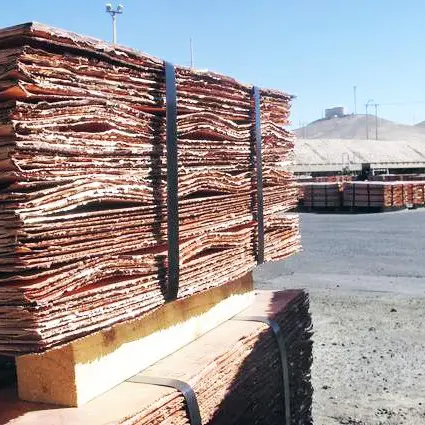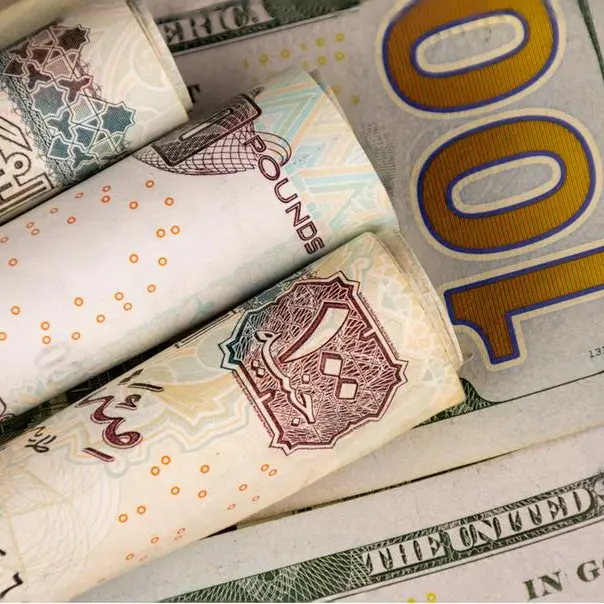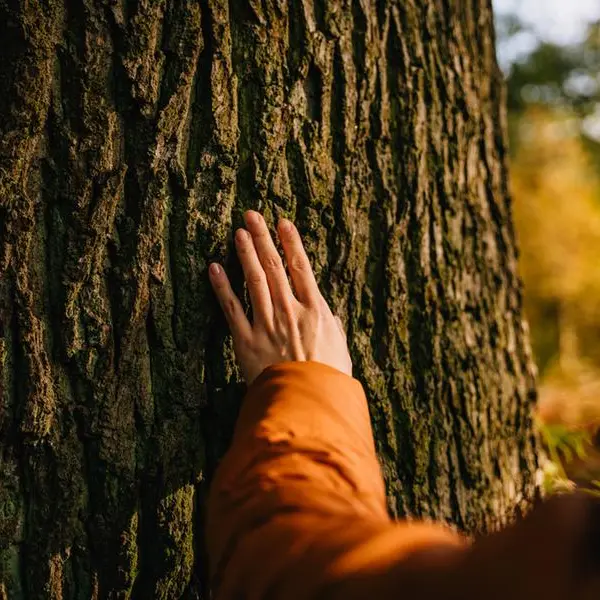PHOTO
Saudi Arabia - Human beings had a fascination for caves from the time of the early man, and caving has always attracted tourists of all veins from hard-core adventurists to fearless curiosity seekers to date.
More than 5,000 caves around the world attract nearly 250 million tourists each year. These caves contribute $2 billion to the global tourism revenue annually.
Caves were one of the best natural habitats where people sheltered themselves against extreme weather conditions in the harsh climate of the desert. Nomadic Arabs considered caves as a secure shelter as it protected them from severe heat and cold as well as sandstorms. Caves were also a good source of water.
Caving, or spelunking as it is properly called, has so far remained on the fringes of the tourism industry in Saudi Arabia even though hundreds of thousands of Muslims who come to the country on pilgrimage from all over the world every year make it a point to visit the historic Cave Hira on the Mountain of Light in Makkah where the Prophet (peace be upon him) received the first revelation in 610 AD.
The Saudi Geological Survey (SGS) has been studying about caves in the Kingdom since 1999 when it contracted a foreign expert who formed a team of Saudi geologists to conduct a detailed survey of caves across the country.
The SGS, along the Saudi Society of Geosciences, organized a four-day international conference last week with the participation of geoscientists and experts from many Arab and foreign countries.
The conference was held in Jeddah from Feb. 4 to 7, inviting media attention to the tourism potential of the large number of historic caves in various parts of the Kingdom.
There are thousands of caves of varying sizes in the Kingdom that can attract not only tourists but also geologists from around the world," speakers at the 12th International Geosciences Conference said.
The conference lauded the efforts of the Geological Survey as well as the Saudi Commission for Tourism and National Heritage (SCTH) in mapping the caves that can attract tourists.
The SCTH, which has plans to promote geotourism in the country, began studies on caves in the year 2000.
King Fahd University of Petroleum and Minerals (KFUPM) in Dhahran also invited an Austrian team to conduct studies on 50 caves.
The tourism commission has revealed plans to promote 250 caves in the Kingdom as part of its ongoing campaign to boost domestic tourism.
Shaafan Cave with a length of 2 kilometers is the largest in the Kingdom. It has a height of 8 meters and is 800 meters deep. Remnants of animal skulls and bones have been found at the place.
Tahlab and Dahl Al-Murabbae are both known for their impressive natural scenes and coolness.
Ghar Hira, or Hira Cave, on Jabal Al-Noor (The Mountain of Light), with a length of three meters and width of 1.75 meters), and Ghar Thour, located 4 km away from the Grand Mosque, are the most famous caves in the Kingdom because of their significance in the history of Islam.
While Cave Hira was where the first verses of the Holy Qur'an were revealed to the Prophet Muhammad (peace be upon him), it was in the Cave of Thour that he and his companion Abu Bakr (may Allah be pleased with him) took shelter during their flight to Madinah to escape the torture of the pagans of Makkah.
"Many of the Kingdom's caves are familiar to the locals who use them for shelter and as sources of water," said Dr. Mahmoud Al-Shanty, a geologist.
He said field studies in a region spanning 89,000 sq. kilometers of volcanic lava had uncovered many lava tube caves.
Bones, antiquities and even life forms were found in some of these caves.
It was also found that the structure of caves held important information for climate scientists about weather patterns in the Arabian Peninsula.
The scientific studies on Saudi caves have shown that when the caves are prepared and opened for tourists, they will have a great impact on the economy, Al-Shanty said.
© Copyright 2018 The Saudi Gazette. All Rights Reserved. Provided by SyndiGate Media Inc. (Syndigate.info).
More than 5,000 caves around the world attract nearly 250 million tourists each year. These caves contribute $2 billion to the global tourism revenue annually.
Caves were one of the best natural habitats where people sheltered themselves against extreme weather conditions in the harsh climate of the desert. Nomadic Arabs considered caves as a secure shelter as it protected them from severe heat and cold as well as sandstorms. Caves were also a good source of water.
Caving, or spelunking as it is properly called, has so far remained on the fringes of the tourism industry in Saudi Arabia even though hundreds of thousands of Muslims who come to the country on pilgrimage from all over the world every year make it a point to visit the historic Cave Hira on the Mountain of Light in Makkah where the Prophet (peace be upon him) received the first revelation in 610 AD.
The Saudi Geological Survey (SGS) has been studying about caves in the Kingdom since 1999 when it contracted a foreign expert who formed a team of Saudi geologists to conduct a detailed survey of caves across the country.
The SGS, along the Saudi Society of Geosciences, organized a four-day international conference last week with the participation of geoscientists and experts from many Arab and foreign countries.
The conference was held in Jeddah from Feb. 4 to 7, inviting media attention to the tourism potential of the large number of historic caves in various parts of the Kingdom.
There are thousands of caves of varying sizes in the Kingdom that can attract not only tourists but also geologists from around the world," speakers at the 12th International Geosciences Conference said.
The conference lauded the efforts of the Geological Survey as well as the Saudi Commission for Tourism and National Heritage (SCTH) in mapping the caves that can attract tourists.
The SCTH, which has plans to promote geotourism in the country, began studies on caves in the year 2000.
King Fahd University of Petroleum and Minerals (KFUPM) in Dhahran also invited an Austrian team to conduct studies on 50 caves.
The tourism commission has revealed plans to promote 250 caves in the Kingdom as part of its ongoing campaign to boost domestic tourism.
Shaafan Cave with a length of 2 kilometers is the largest in the Kingdom. It has a height of 8 meters and is 800 meters deep. Remnants of animal skulls and bones have been found at the place.
Tahlab and Dahl Al-Murabbae are both known for their impressive natural scenes and coolness.
Ghar Hira, or Hira Cave, on Jabal Al-Noor (The Mountain of Light), with a length of three meters and width of 1.75 meters), and Ghar Thour, located 4 km away from the Grand Mosque, are the most famous caves in the Kingdom because of their significance in the history of Islam.
While Cave Hira was where the first verses of the Holy Qur'an were revealed to the Prophet Muhammad (peace be upon him), it was in the Cave of Thour that he and his companion Abu Bakr (may Allah be pleased with him) took shelter during their flight to Madinah to escape the torture of the pagans of Makkah.
"Many of the Kingdom's caves are familiar to the locals who use them for shelter and as sources of water," said Dr. Mahmoud Al-Shanty, a geologist.
He said field studies in a region spanning 89,000 sq. kilometers of volcanic lava had uncovered many lava tube caves.
Bones, antiquities and even life forms were found in some of these caves.
It was also found that the structure of caves held important information for climate scientists about weather patterns in the Arabian Peninsula.
The scientific studies on Saudi caves have shown that when the caves are prepared and opened for tourists, they will have a great impact on the economy, Al-Shanty said.
© Copyright 2018 The Saudi Gazette. All Rights Reserved. Provided by SyndiGate Media Inc. (Syndigate.info).























